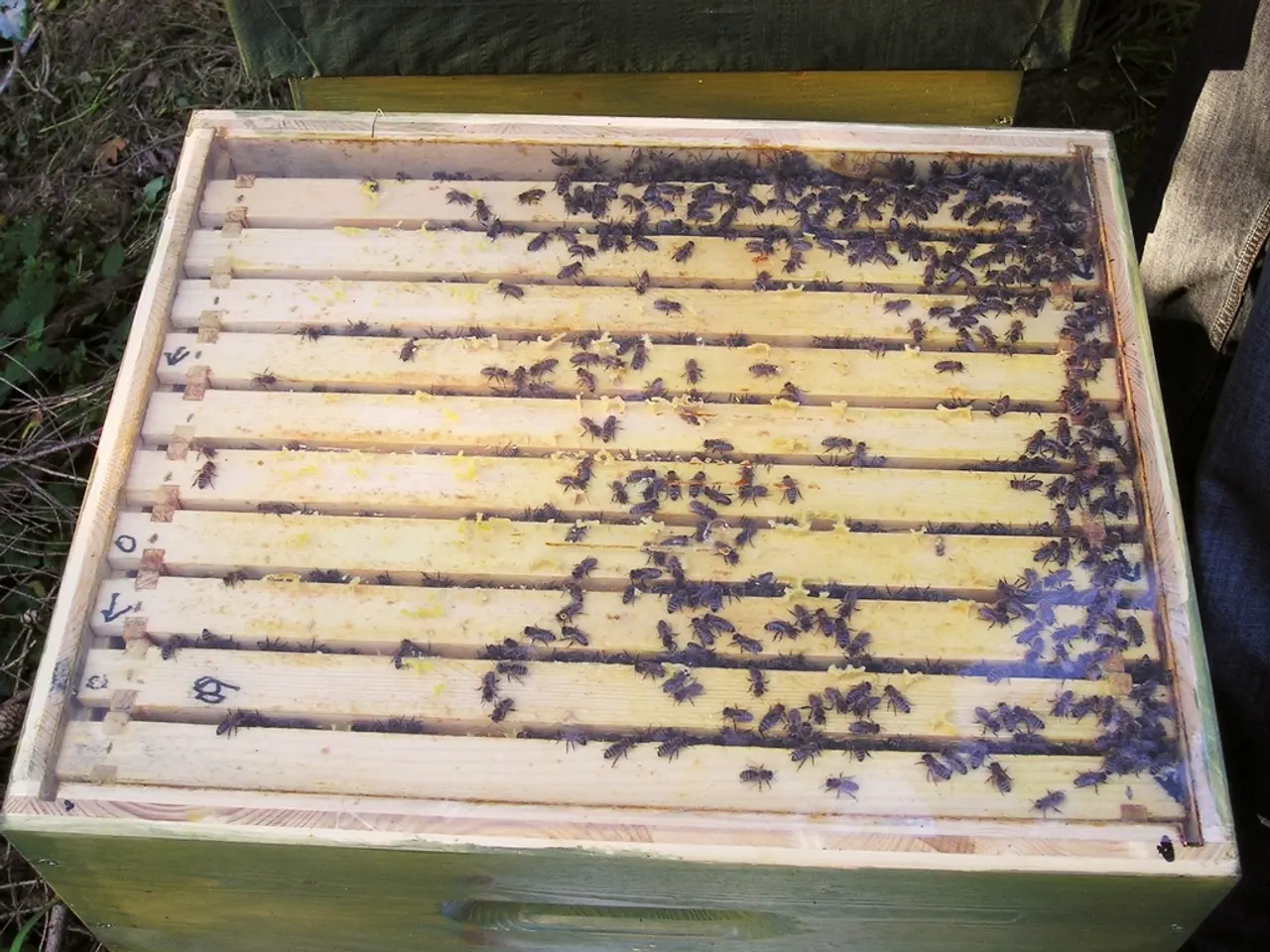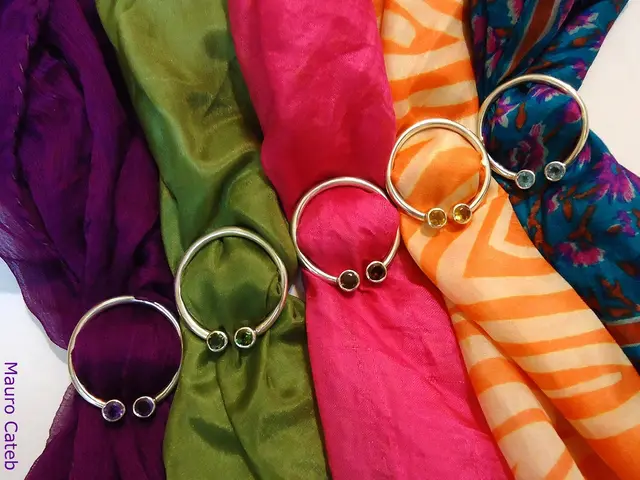Unveiling the Purposes of Drones: Insightful Uses You May Not Have Considered Yet
In the rapidly evolving world of agriculture, drone technology is playing a significant role in driving advancements. This is particularly evident in the field of precision agriculture, where drones are making a mark by connecting the dots between crop health, sustainability, and efficiency.
These agricultural drones are designed to spray a range of substances tailored to specific crop protection and growth needs. Primarily, they dispense pesticides, including insecticides to control insect pests and fungicides for fungal diseases, herbicides for weed management within crop fields, and liquid fertilizers to supplement crop growth [1][2][4].
The technology behind these drones is impressive. Multi-nozzle systems allow targeted or broad applications, while AI and multispectral imaging help identify pest or nutrient hotspots, enabling selective spraying only where needed. Automated controls adjust droplet size and spray patterns based on real-time conditions [2][4].
One of the key advantages of drone spraying is its precision. By reducing chemical usage by up to 30% compared to traditional methods, these drones help minimize environmental impact [2][5]. They can also access difficult terrain that ground equipment cannot, and they significantly reduce human exposure to harmful chemicals.
Moreover, vortices generated by drone rotors help chemicals penetrate plant canopies more effectively, reducing the need for multiple applications. Drone technology also extends to the release of beneficial insects like predatory mites and wasps for natural pest control, and aerial seeding to transform planting methods by distributing seeds across farmland with remarkable accuracy [1][2][4].
Interestingly, drones are also being used for other purposes such as mosquito control, reforestation, oil dispersants during spill cleanups, fire retardants, or targeted vegetation management in specific agricultural zones.
As drone technology continues to evolve, we can expect to see major upgrades in the coming years. In 2025, for instance, drone spraying technology is expected to see significant advancements with increased payload capacities and advanced sensors [1].
However, it's important to note that professional drone spraying requires pilot certificates and pesticide licenses, and all operations must adhere to strict regulations. Public safety concerns about drone spraying often stem from widespread misconceptions and fear of unauthorized chemical applications. Enhanced training programs and stricter compliance with regulatory guidelines will become necessary for safe, efficient operations [3].
In conclusion, precision agriculture drones are revolutionizing crop management and environmental protection by offering a more efficient, targeted, and sustainable approach to farming. As these technologies continue to advance, we can look forward to a future where agriculture becomes even more precise, efficient, and environmentally friendly.
Sources: [1] The Future of Agriculture: Drones and Precision Farming [2] The Role of Drones in Precision Agriculture [3] Regulations for Drone Spraying Operations [4] The Impact of Drones on Agriculture [5] The Environmental Benefits of Drone Spraying
In this dynamically transforming agricultural sector, drones are not only spearheading precision agriculture but also bridging the gap between science and environmental science, specifically in the application of targeted substances for crop growth and protection. This advancement in technology, leveraging multi-nozzle systems and AI, is subsequently reducing environmental impact by minimizing chemical usage.
Moreover, this technology's progression is far-reaching, as it extends to environmental conservation efforts, including mosquito control, reforestation, and targeted vegetation management in specific zones. As drone technology continues its evolution, these solutions will likely become even more sophisticated, marking a brighter and greener future for both farming and the environment.




